There’s no liquor with such a strong American identity as bourbon, and so here we are, doing our patriotic duty. Kentucky produces over 95% of the world’s bourbon, and the tiny town of Bardstown is the self-proclaimed Bourbon Capital of the World, with the highest concentration of distilleries in the state of Kentucky — 11 of ’em within 16 miles of downtown. Jim Beam, Four Roses, Makers Mark, and so many others.
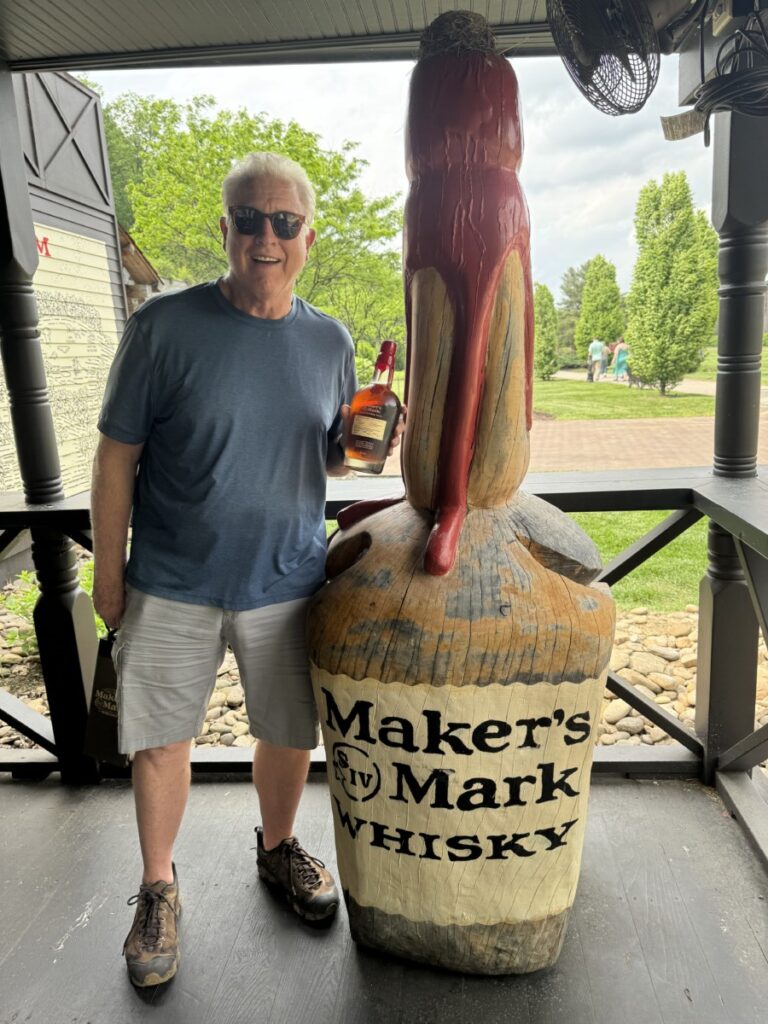
You know you’re here when your nose tells you so … the entire area smells like, well, bourbon! But not really. Kinda more like wet socks, mixed with baking waffle cones, mixed with sourdough starter, mixed with a musty backyard cooler that hasn’t been opened in a while. A contact high seems likely, just by walking the charming streets of Bardstown.
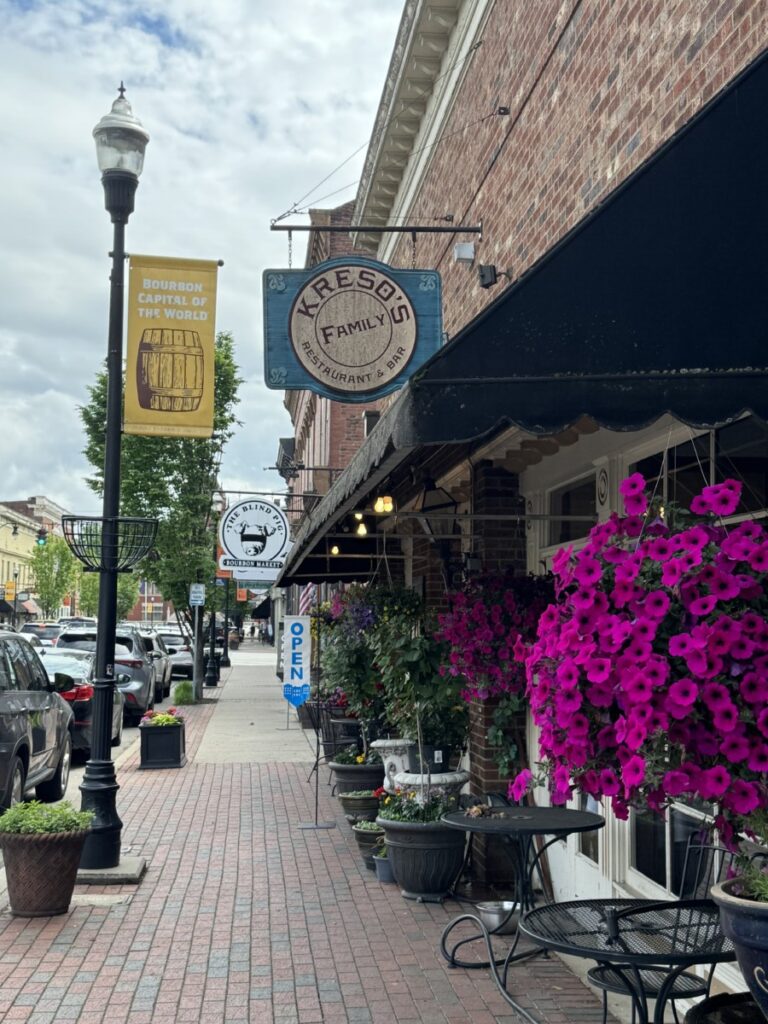
Most local restaurants have 200 or more bourbons “at the ready” and one has over 700 on the menu. Even your everyday curbside liquor store has a bourbon tasting bar right there inside of it, fancy gold light fixtures and all.

We stopped into Old Talbott Tavern, the world’s oldest bourbon bar, serving this sultry spirit since 1779. Old Talbott is also a fully operational inn, closed only once for a short while due to a fire, during all those 245 years.
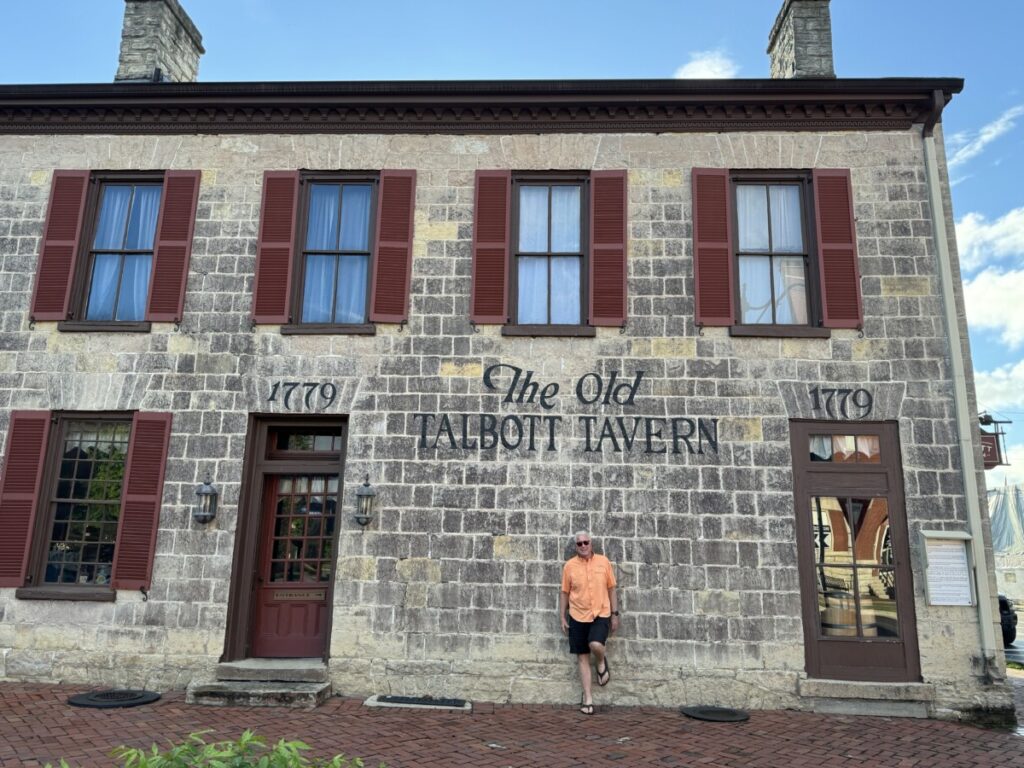
Anyone who knows me, knows I’m a lightweight. Most of my liquors are mixed with 97% Sprite. But when in Rome, right? A tasting flight let me experience the “Kentucky hug,” that first strong burn of bourbon (burn-bon?) making its way slowwww-ly down your interior.
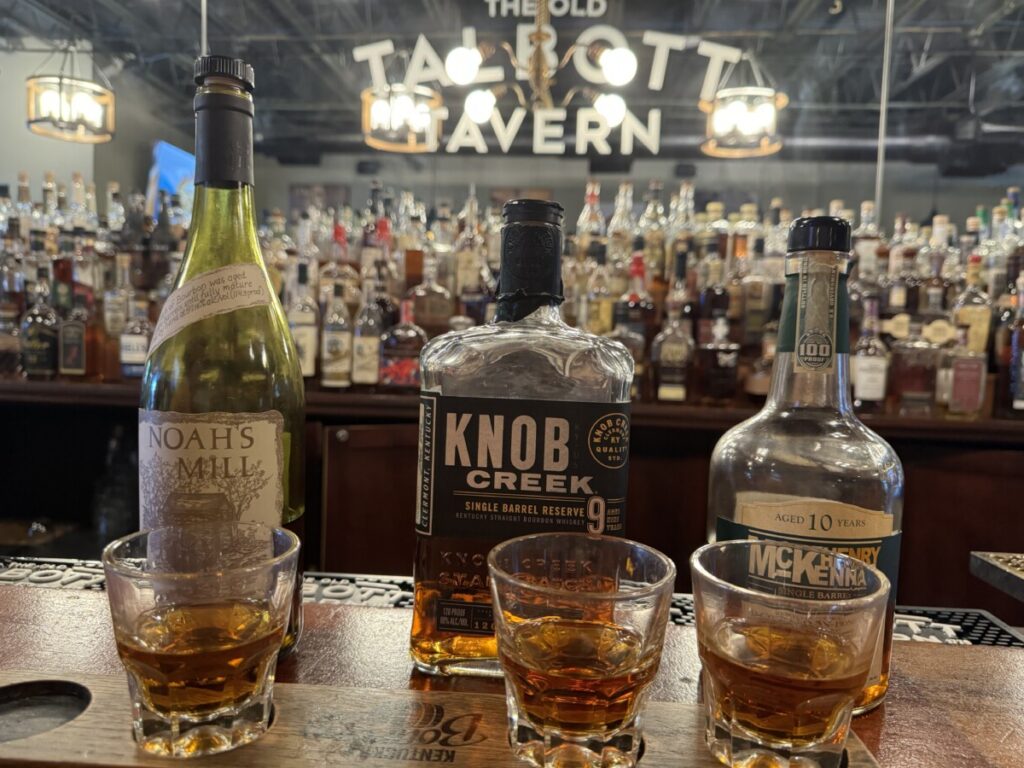
Our knowledge of bourbon grew exponentially after taking a behind-the-scenes tour of the 1,000-acre campus of Makers Mark, south of Bardstown in Loretto, KY.


All bourbon is whiskey, but not all whiskey is bourbon. Bourbon has to be made in the good ole US of A, cannot have added colorings, flavorings, or additives, and must be at least 51% corn; here at Makers Mark, it is 80% corn and 14% wheat (both grown right down the road) and 6% barley (grown in North or South Dakota). Samples of every single batch of grain arriving here (7-10 semi-trucks per day) are tested and kept for quality control purposes.
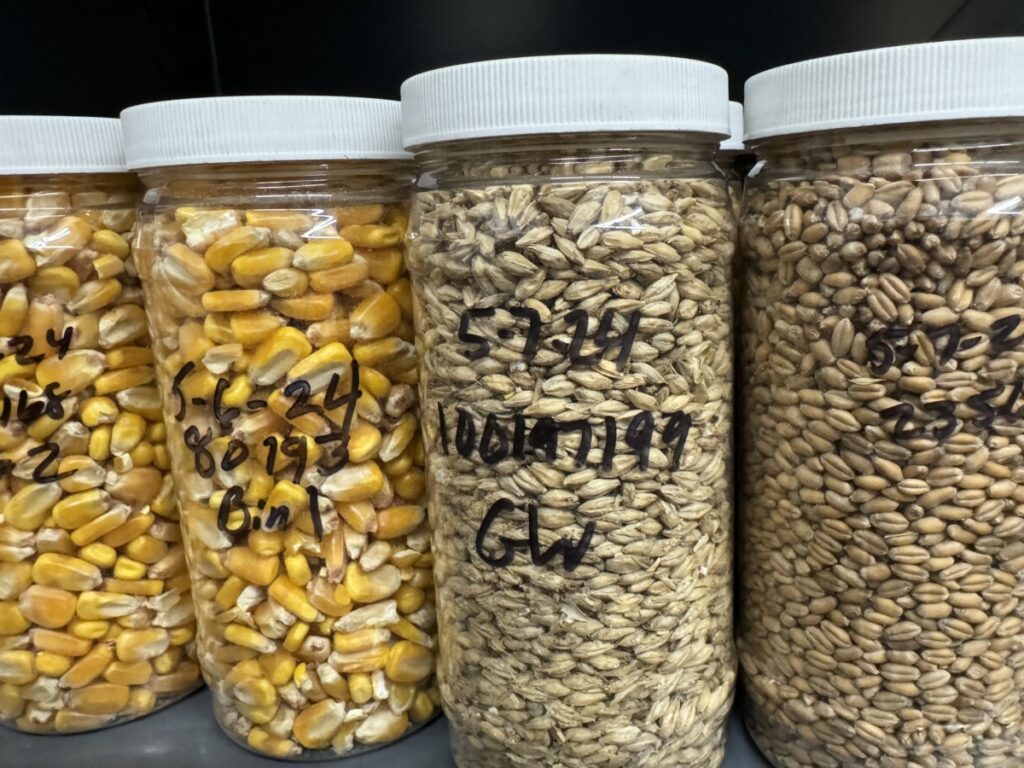
Its beautiful property called Star Hill Farm is filled with art, including an extensive display of famous Chilhully glasswork and stained glass.

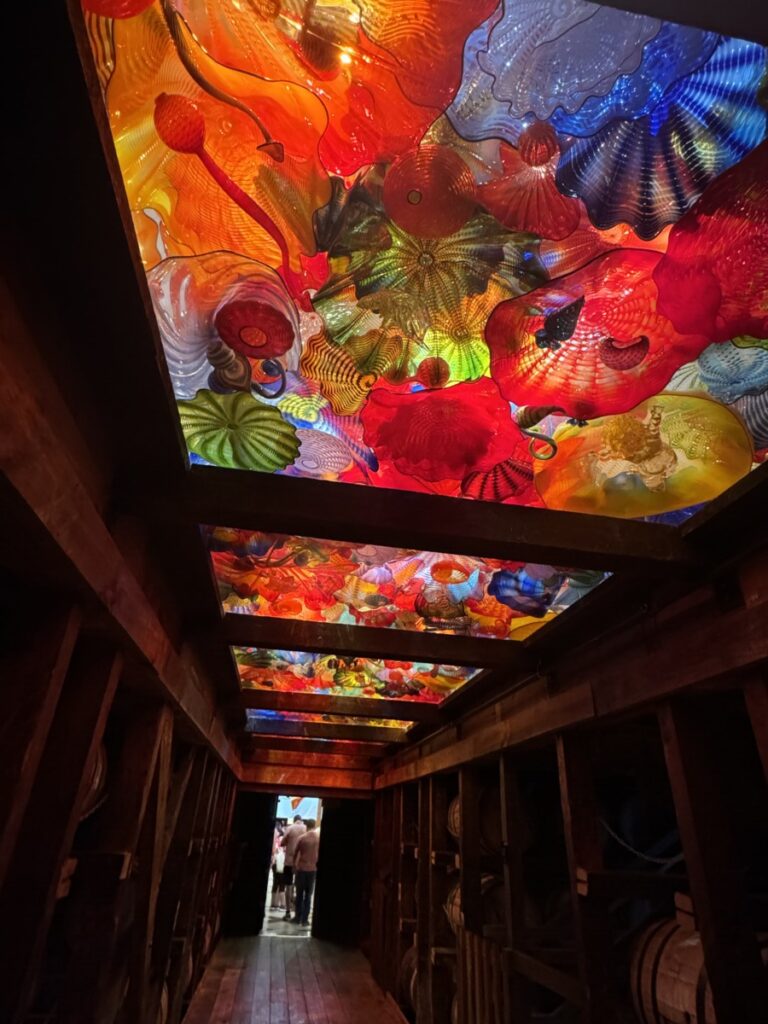

Our “Behind the Bourbon” tour was fascinating, accessing far reaches of the distillery, warehouse, cellar, cistern and bottling. Philip asked so many questions I swear he was thinking of starting his own quarter-acre distillery at our house, but he denies this.
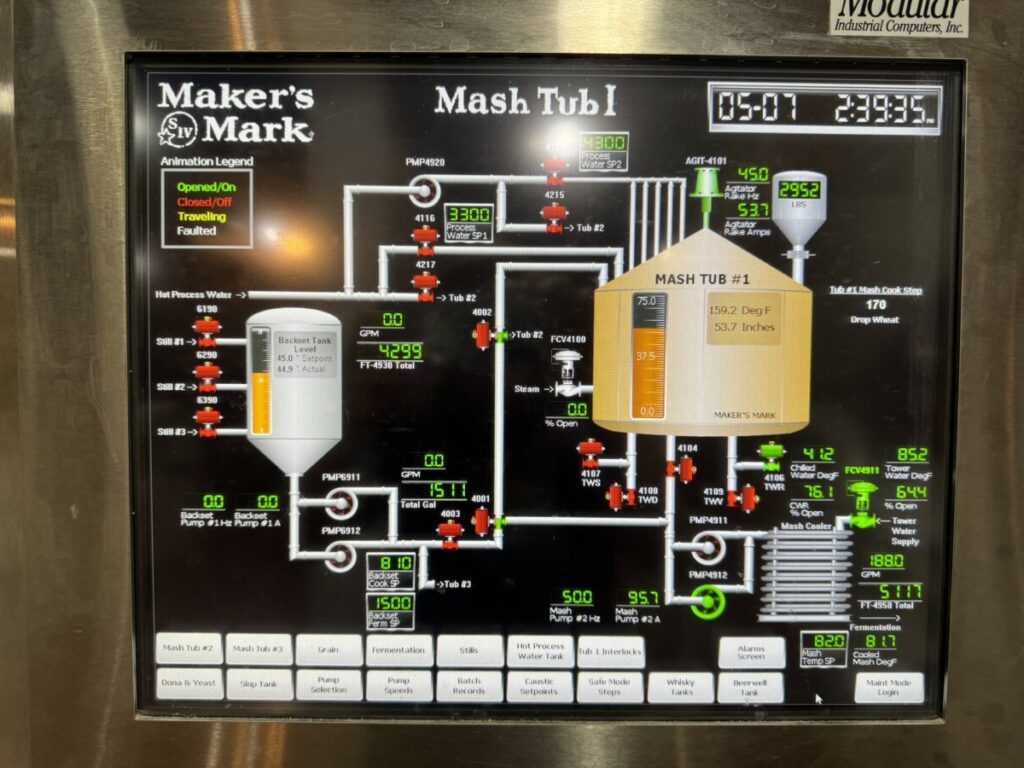
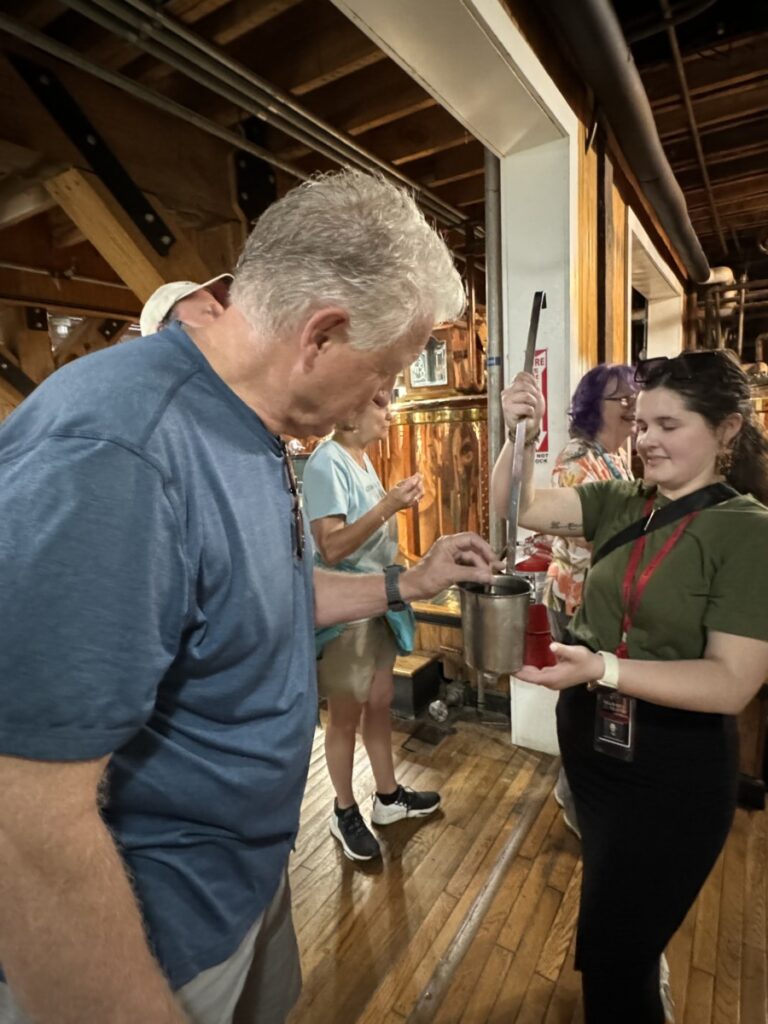

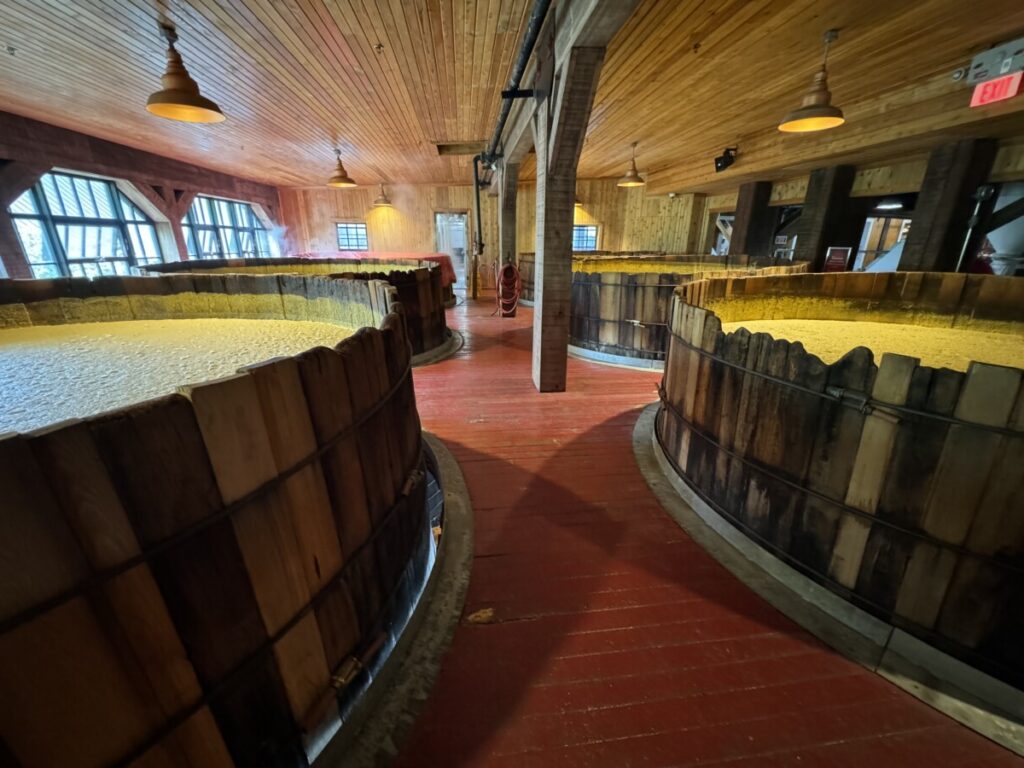
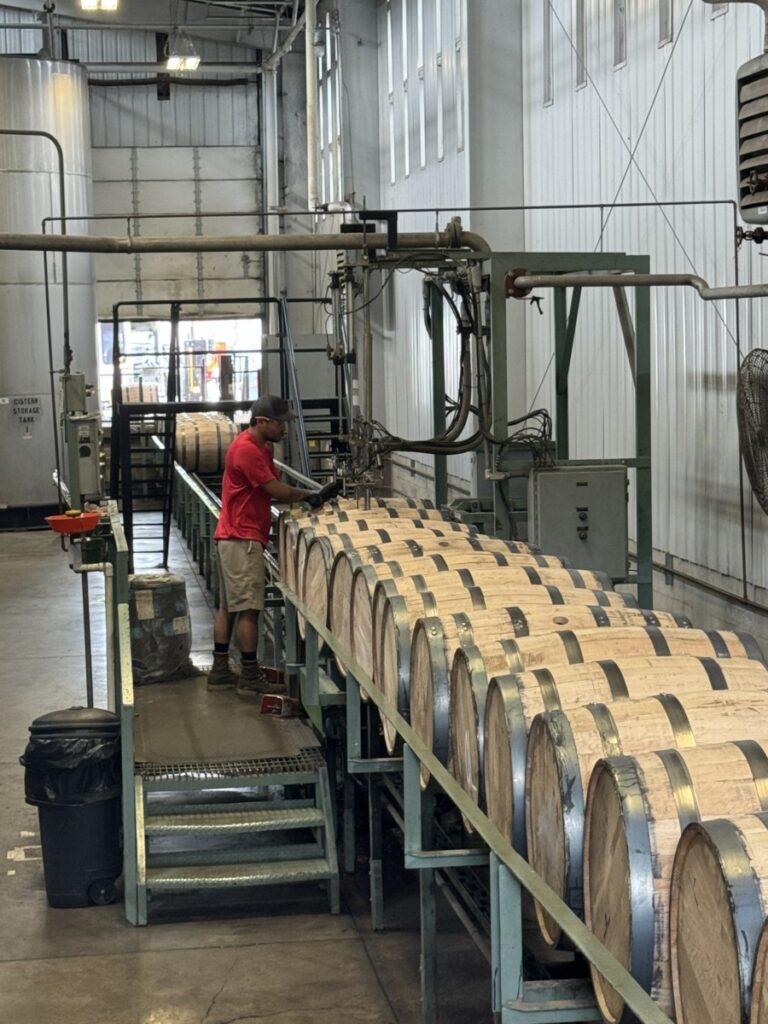




Like with the labels, our favorite thing was how Maker’s Mark preserves and celebrates the historic ways it has always done things, including hand-dipping the top of every (!)… single (!) …. bottle in wax, 24 hours a day, 365 days a year. If you buy a bottle in the gift shop, you can even hand-dip your own bottle.

The dipping job is so dang tedious that employees only do this for 30 minutes at a time, before swapping out to other tasks. If you work here, you dip. Everyone does. You can’t watch without thinking of Lucille Ball and the chocolate factory line. If they fall behind, do they have to chug a few bottles just to catch up?
Needing a little fresh air and exercise to work off a strong bourbon buzz, we headed to Bernheim Arboretum, a lovely, 16,000-acre preserve. The German immigrant Isaac Bernheim made a fortune in …. you guessed it … BOURBON …. and purchased this land and gave it to Kentucky. They focus on environmental education, and even the rain shelters are lovely.


Our real purpose, however, was to see the whimsical, fantastical Forest Giants in person. Danish artist, Thomas Dambo, built three giant sculptures along a two-mile walking trail here, using recycled wood from the region, including — wait for it — bourbon barrels. The scale was awesome, but the detail was incredible!
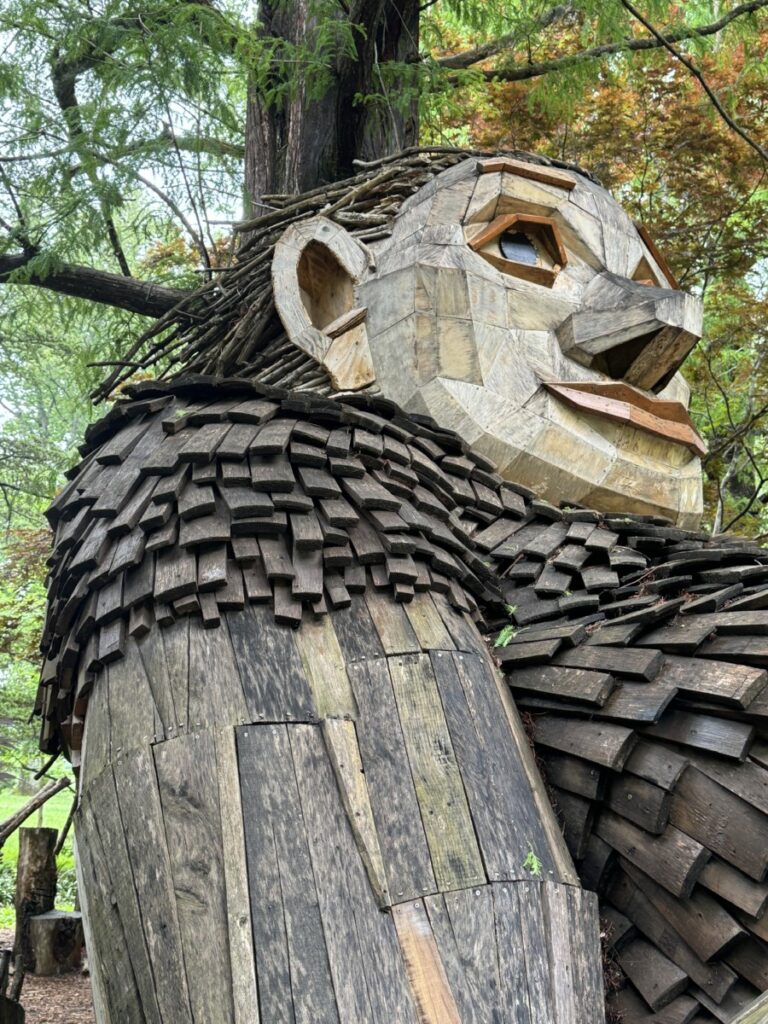

Mama Loumari (pregnant, or bourbon-belly? you be the judge)
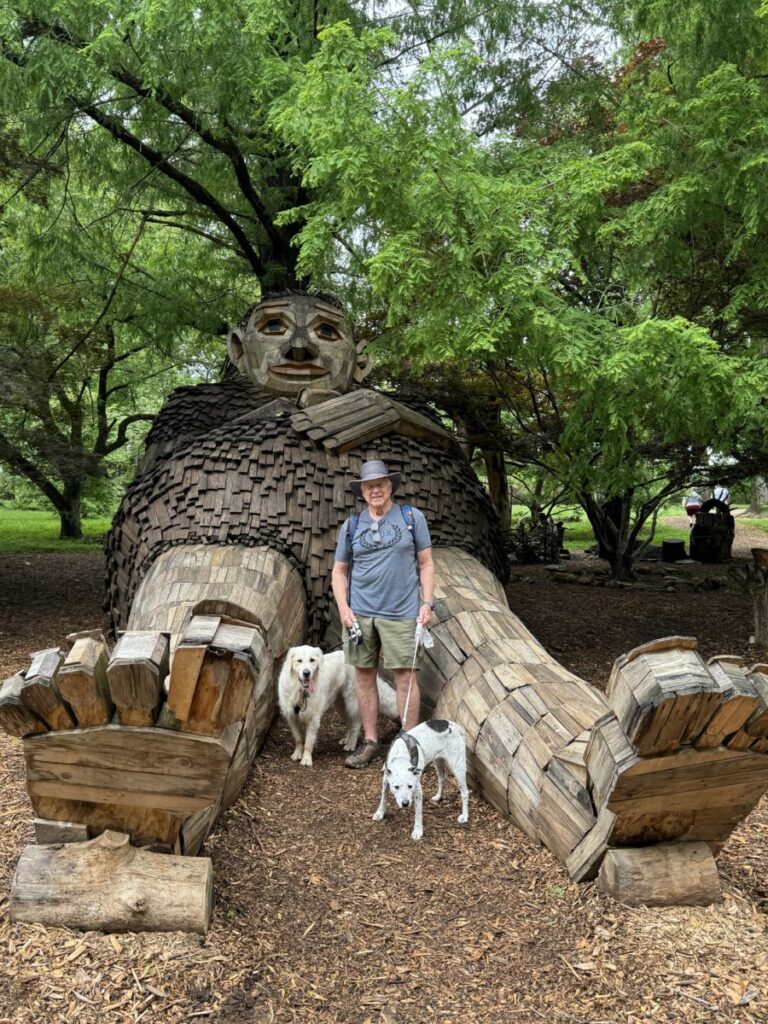
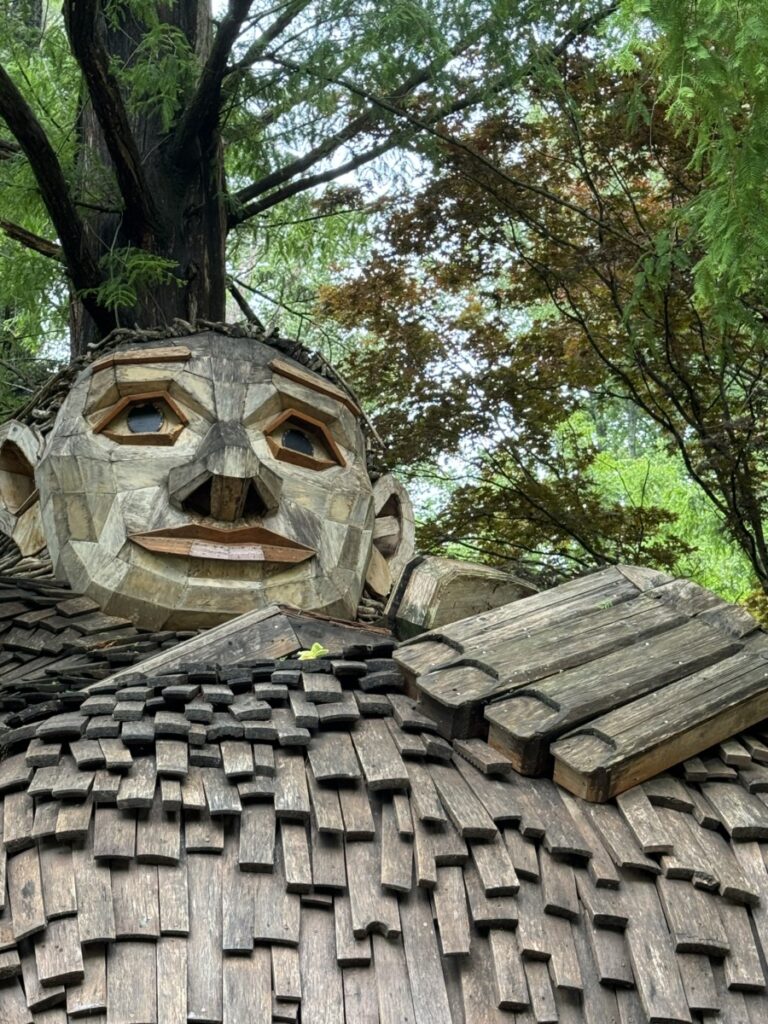
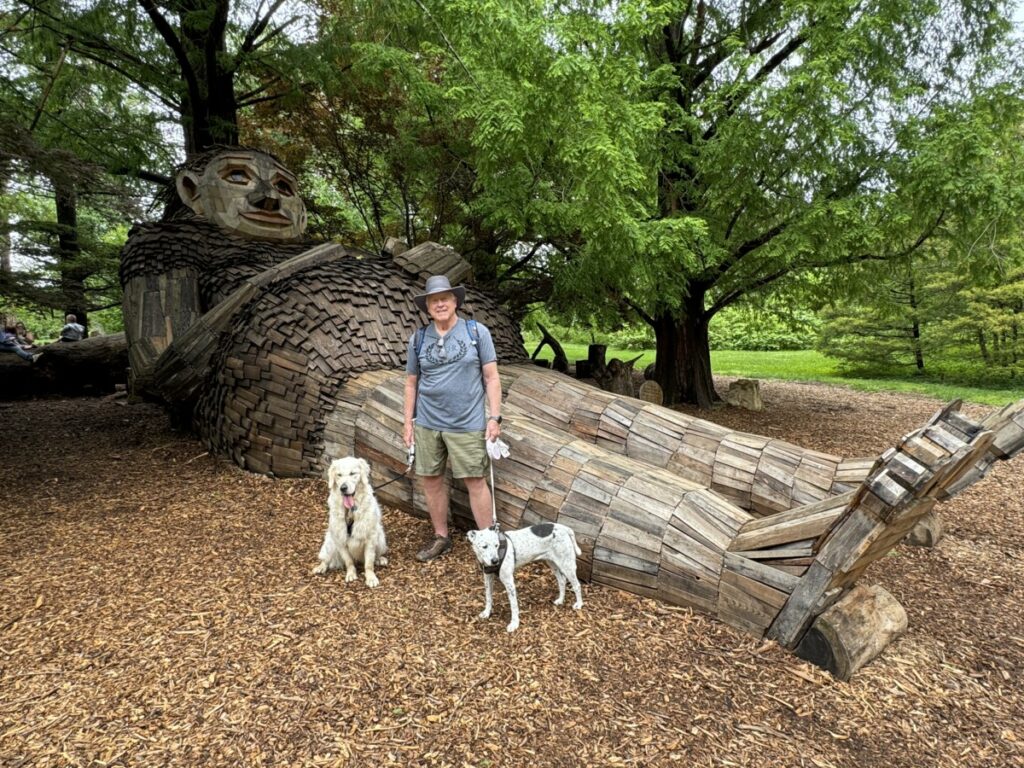
Little Nis – who is fascinated by his own reflection. Sound like anyone you know?


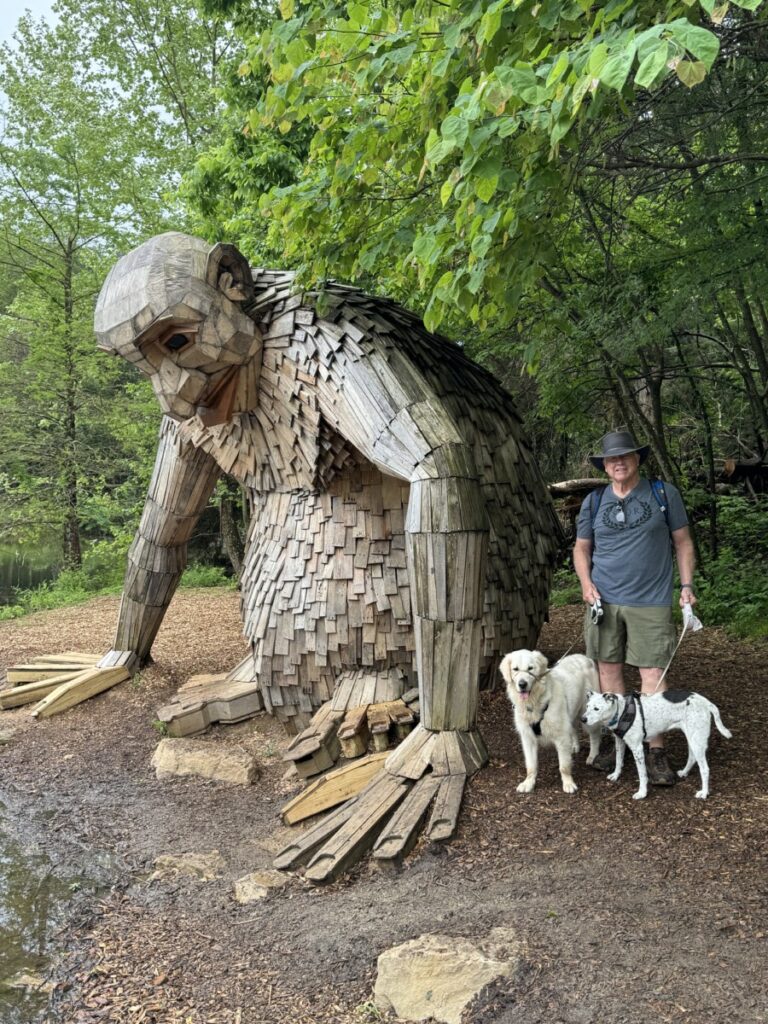
Little Elina – playing with a rock, like all good children. Visitors can add flowers to her hair.

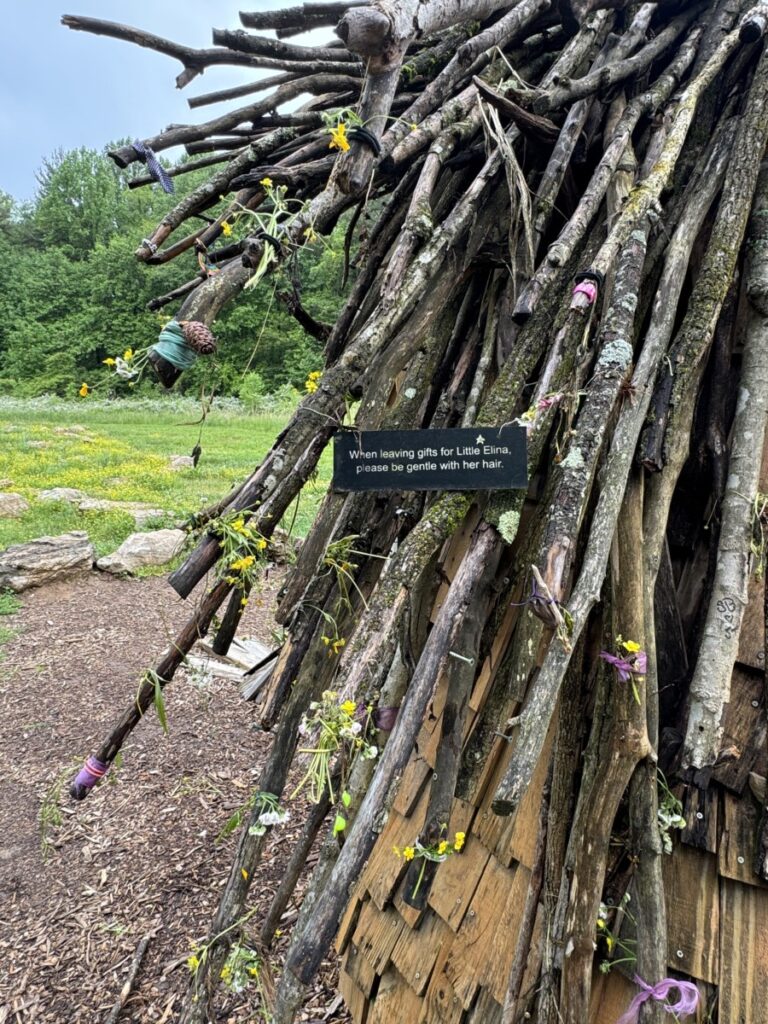

Additonal works of art are scattered throughout the property. It very much reminded us of a simpler version of another incredible arboretum, Brookgreen Gardens in South Carolina.
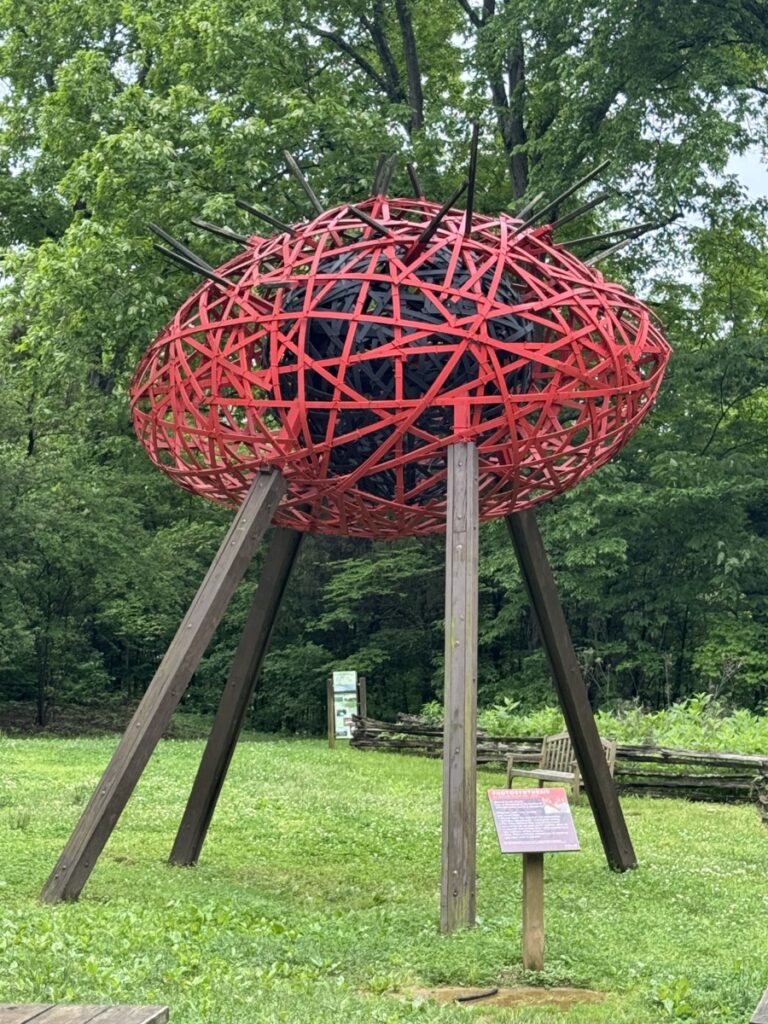
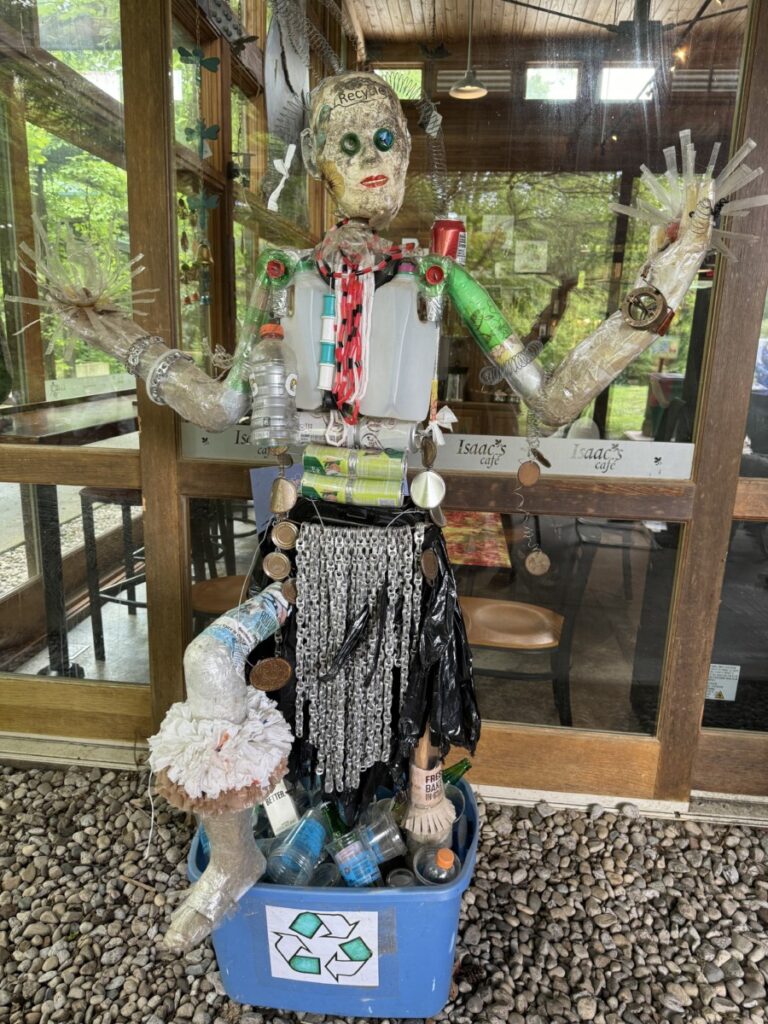
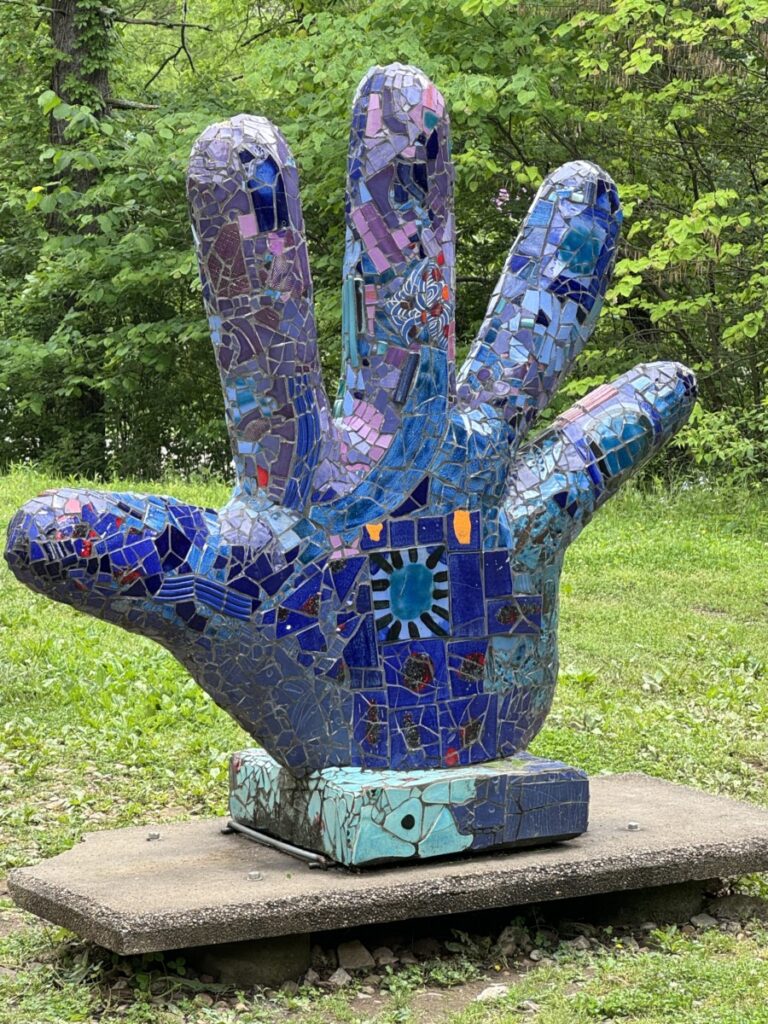
Also in this area, the Abraham Lincoln Birthplace National Memorial, our 73rd National Park Service-managed site. NPS sites are always extremely well-done, and well-run.
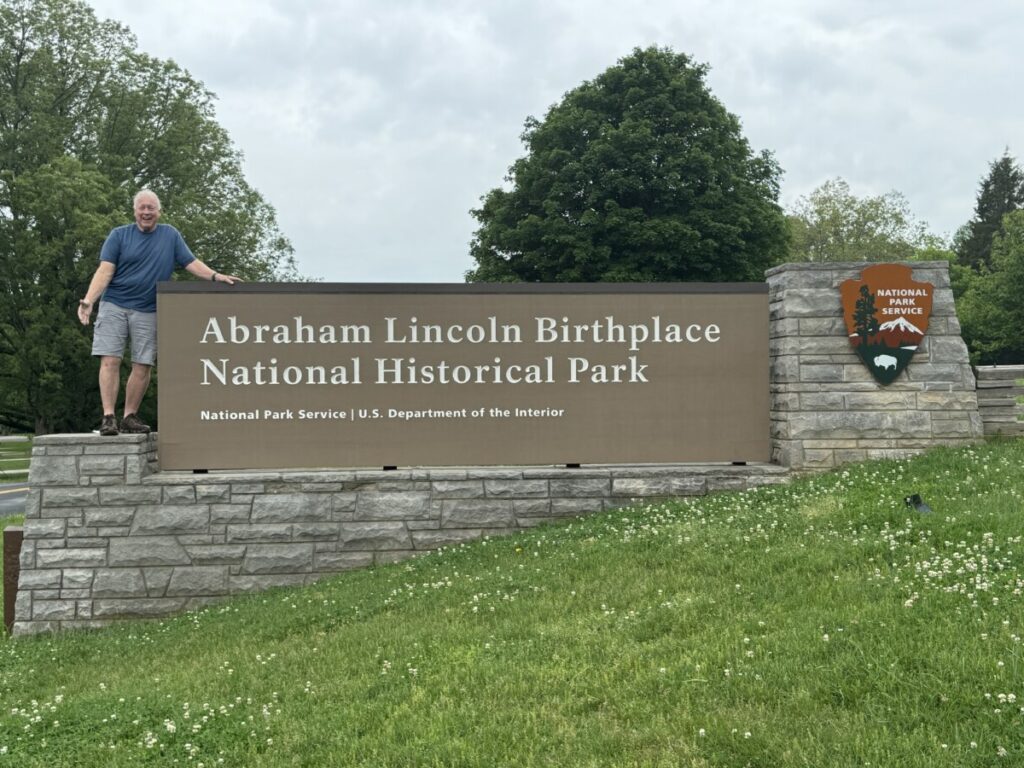
This monument is stately and impressive. What’s crazy is what’s inside. They have actually built this monument right around ole Abe Lincoln’s original birth cabin on the hill, to preserve it.
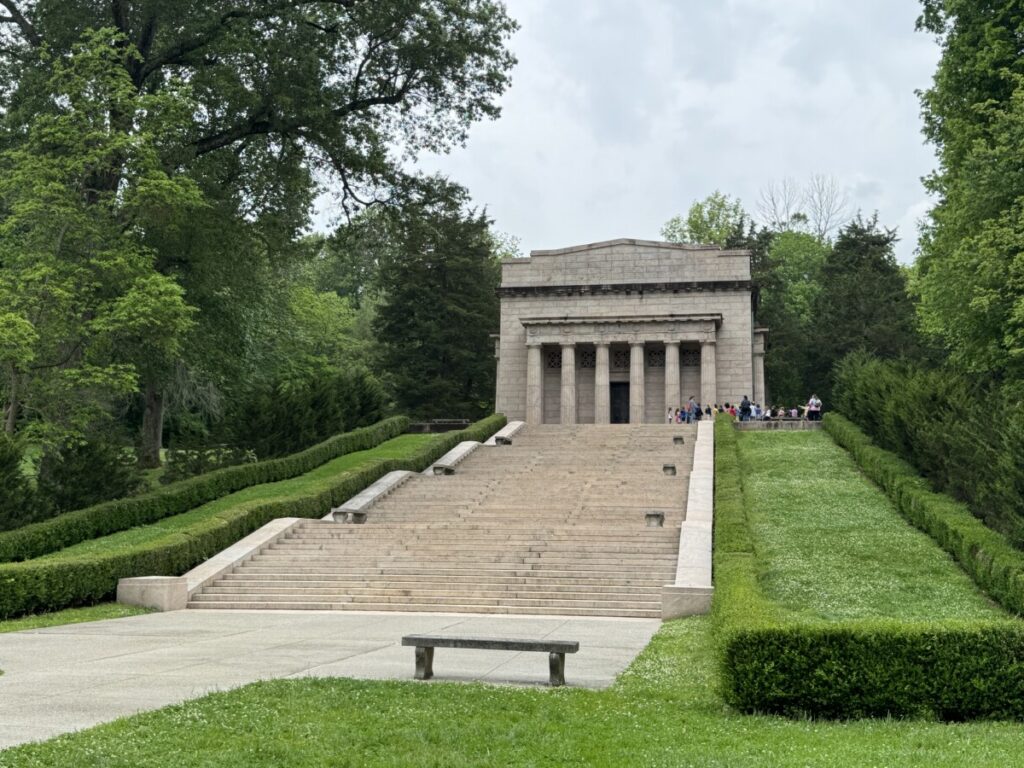
Besides the cabin, the monument also seemed to be filled with every schoolchild under age 10 in the state of Kentucky. But it was really fun to see, and the grounds were dog-friendly with lots of hikeable trails.
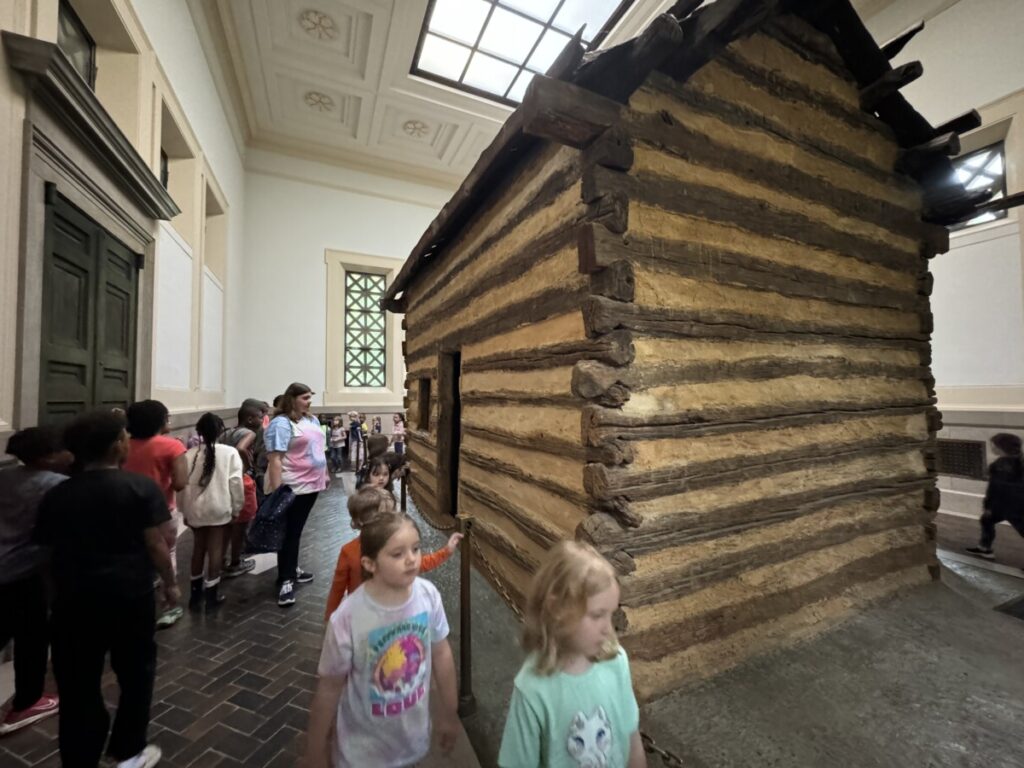
EEEEK! It’s a FORK IN THE ROAD!
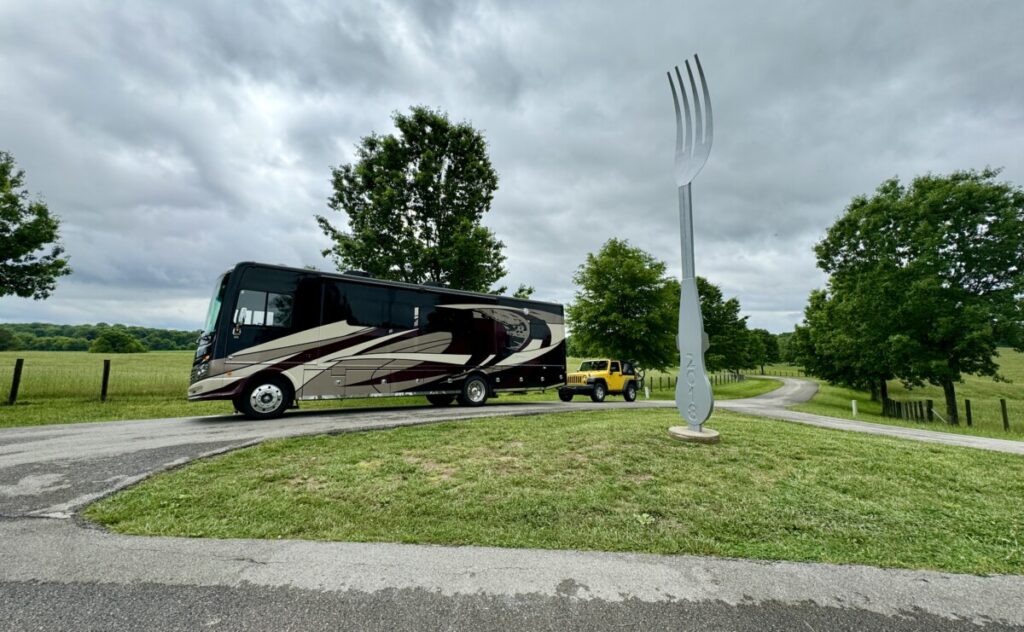
On our way to Bardstown, in the middle of Franklin, Kentucky farm fields, was a fork in the road. A literal fork in the road. Built by the senior welding class of Franklin-Simpson High School, it is stainless steel, 21 feet tall, 680 pounds, and is anchored with a ton of concrete. The welding teacher knew of the rural intersection and thought it would be funny to put a giant fork there, so that’s what happened.
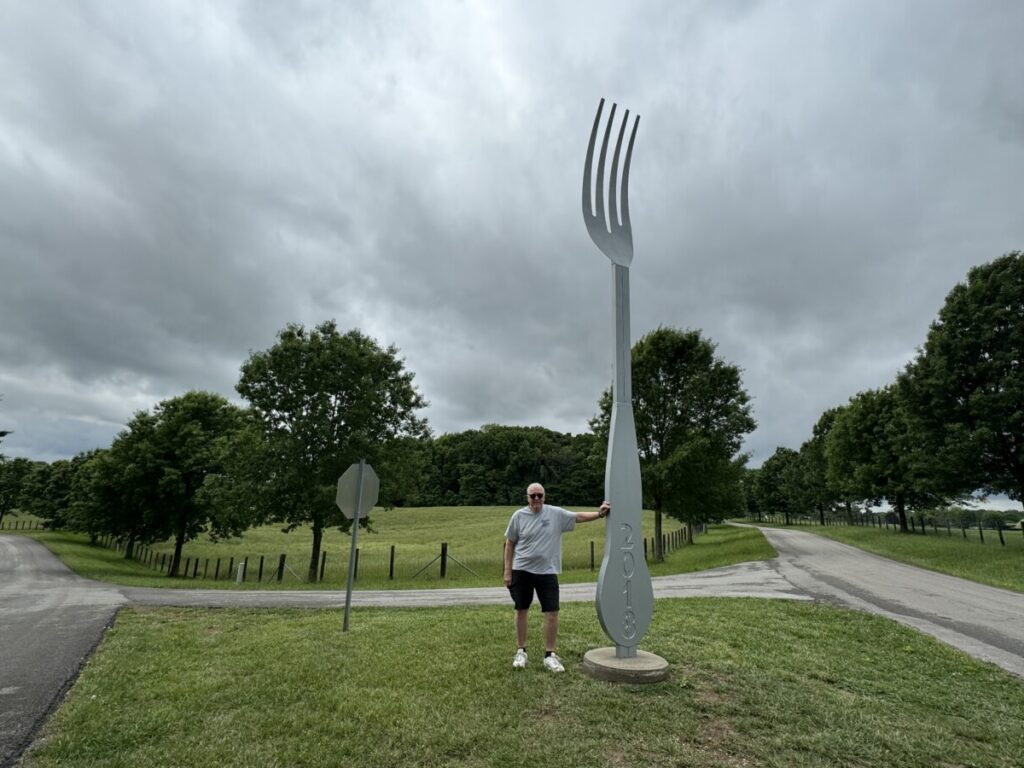
Our Facebook followers did not disappoint with their responses to our fork in the road. Most notably the Yogi Berra quote, “When you come to a fork in the road, take it.” But also, “Stick a fork in it, you’re done” and “It’s ‘tine’ to rest” and “That’s forked up.” There’s also a similarly-sized enormous knife down the road, but there are no good puns for that.

Also here, the perfect vehicle to tow behind our RV. Our Jeep’s getting a little up there in mileage, maybe we should trade her in on this instead? What do you think?
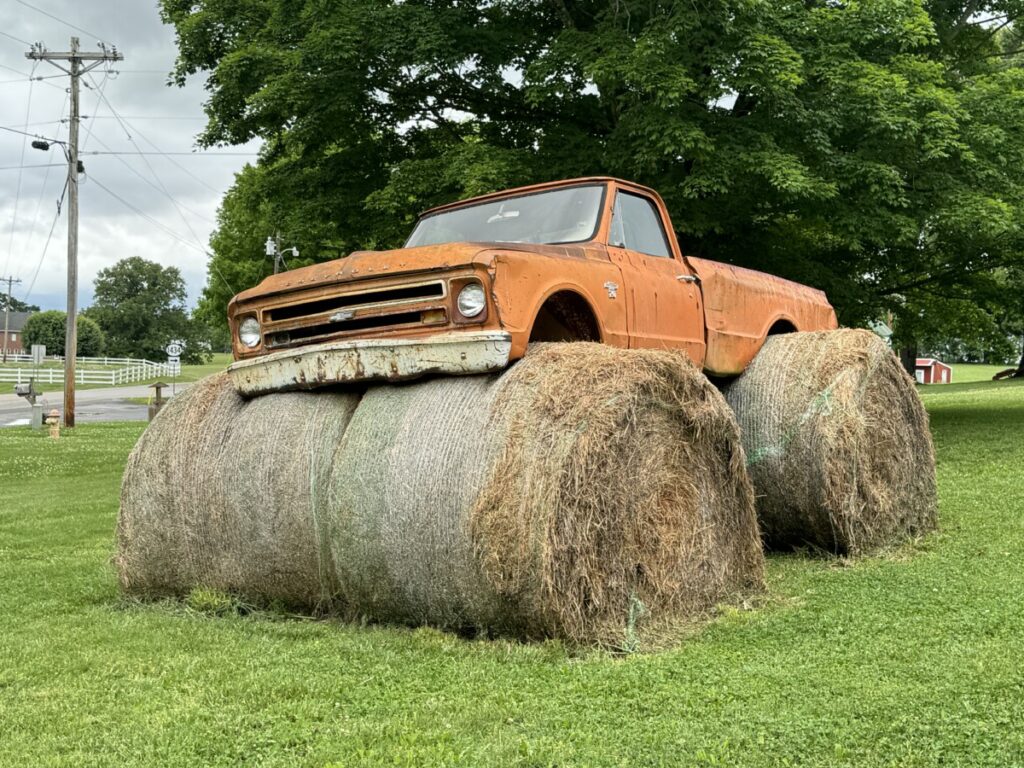
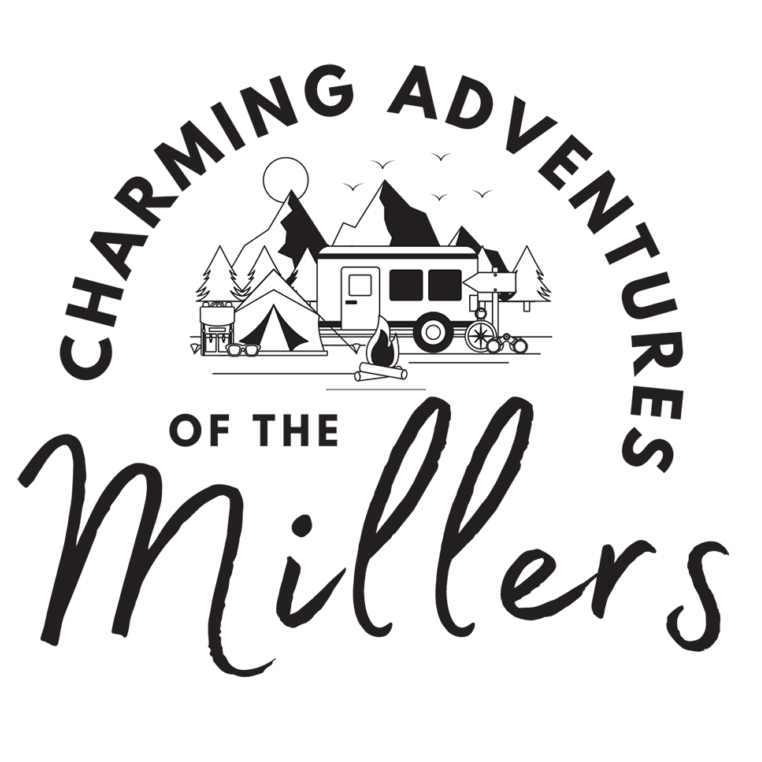
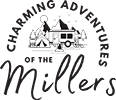
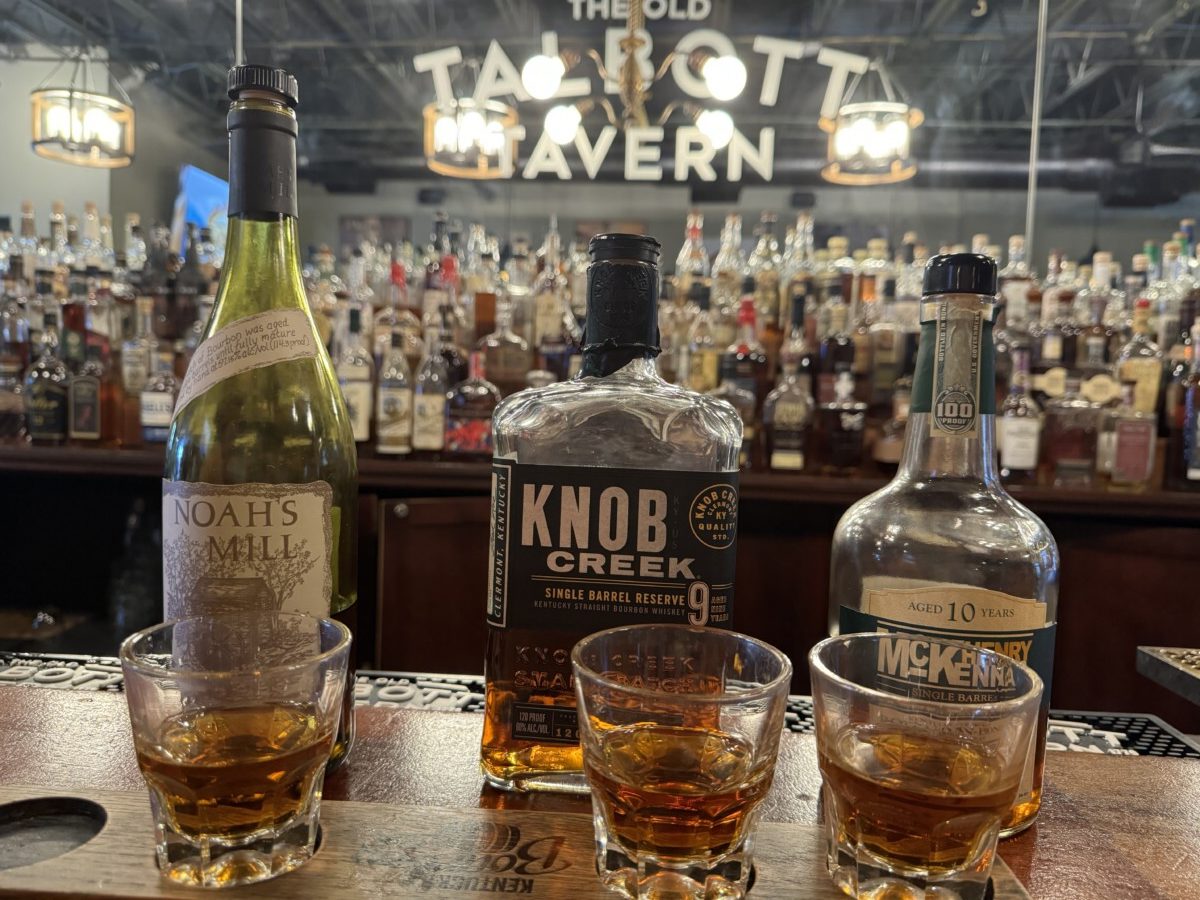
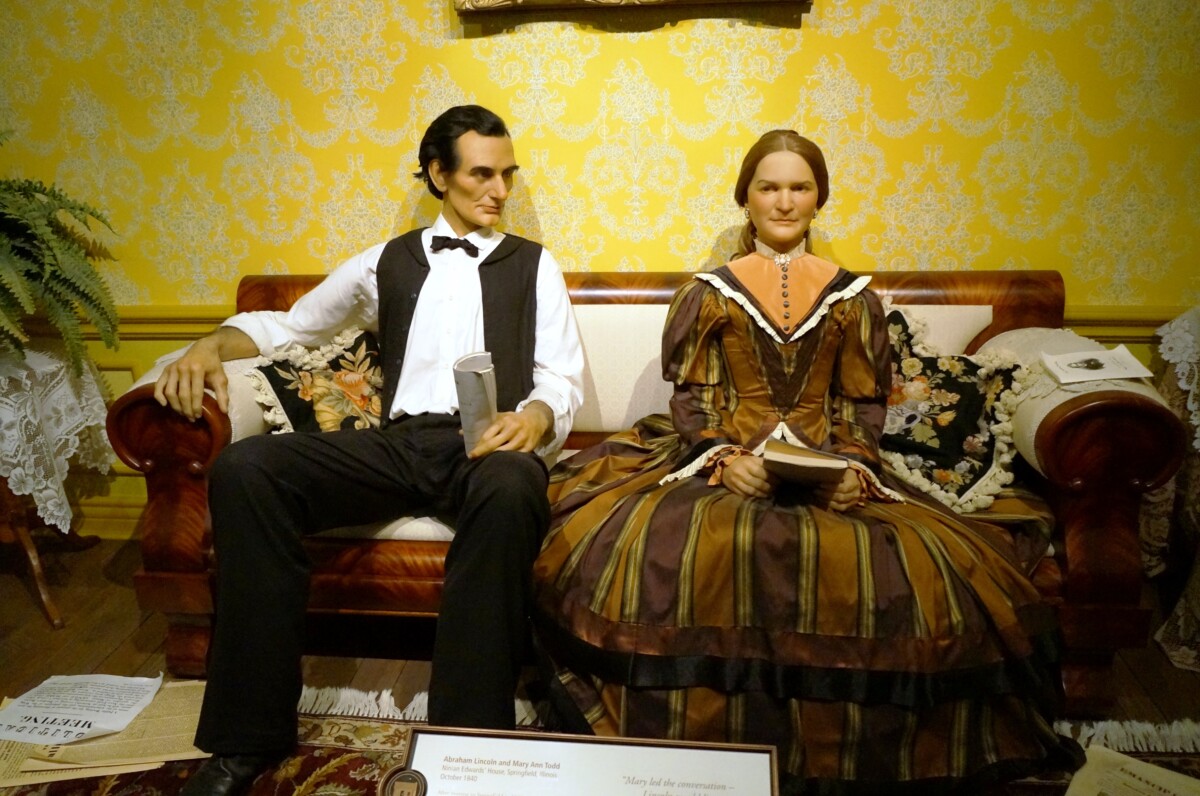
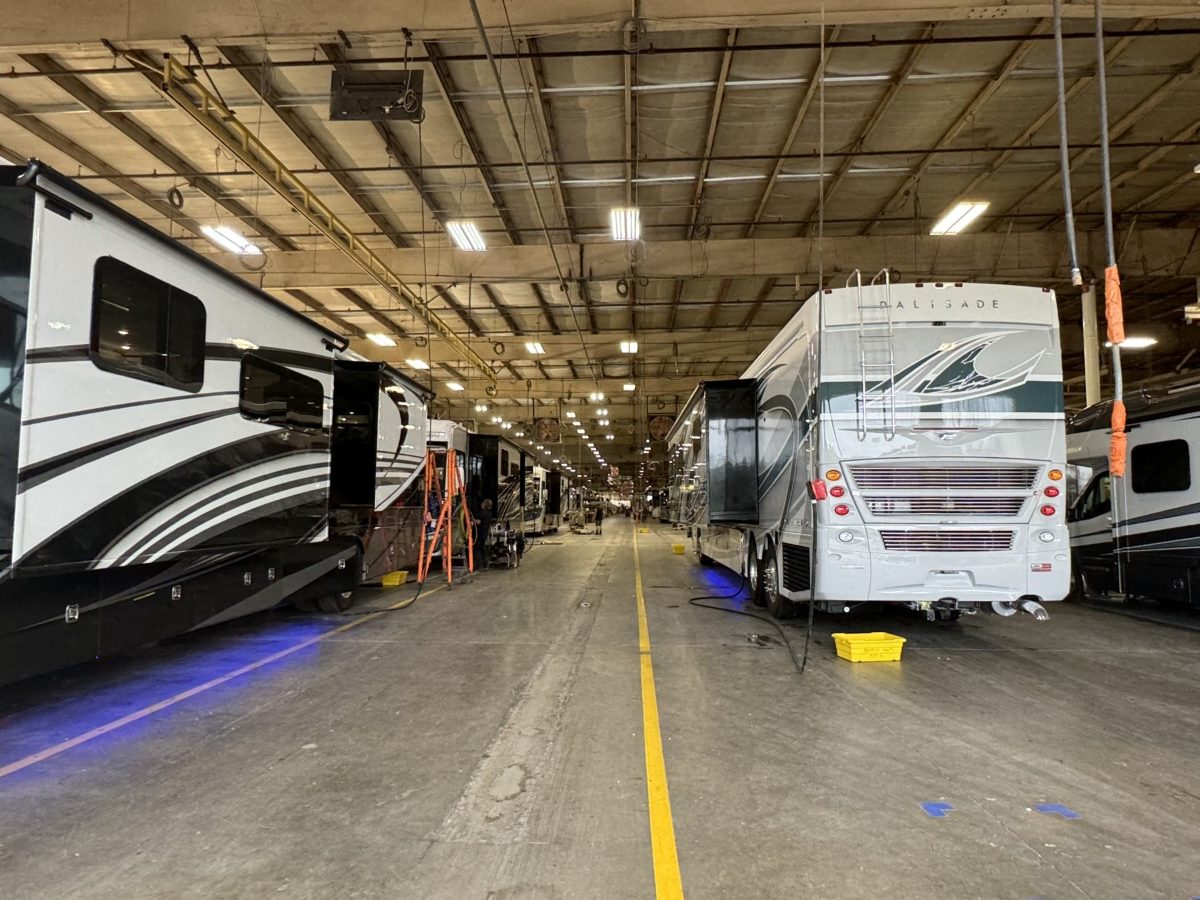
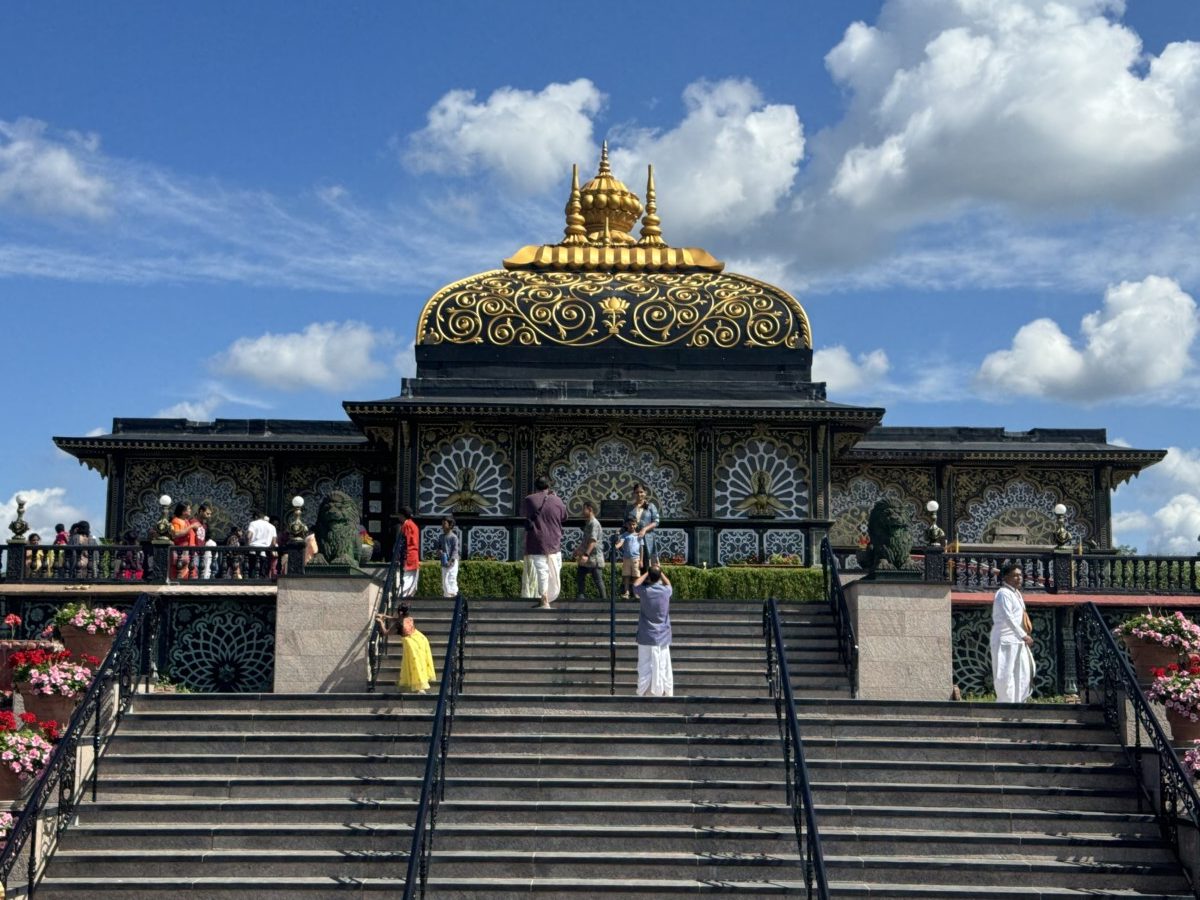
Such good travel stories! I need to catch up! Hope you had an amazing birthday on the road.
Thanks for the distilling lesson. That’s another one of those subcultures that I knew nothing about – until today. Very intriguing. Please tell me that you didn’t actually “take” the fork. I worry about you two. I can see it strapped to the top of your coach, and hear Philip proclaiming, “We TOOK the fork in the road!” Yogi would be mortified.